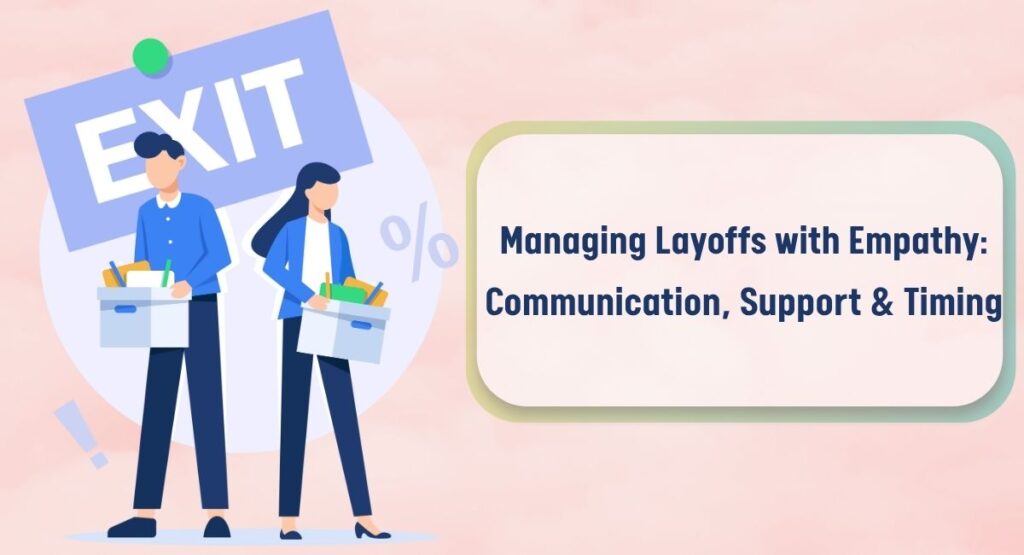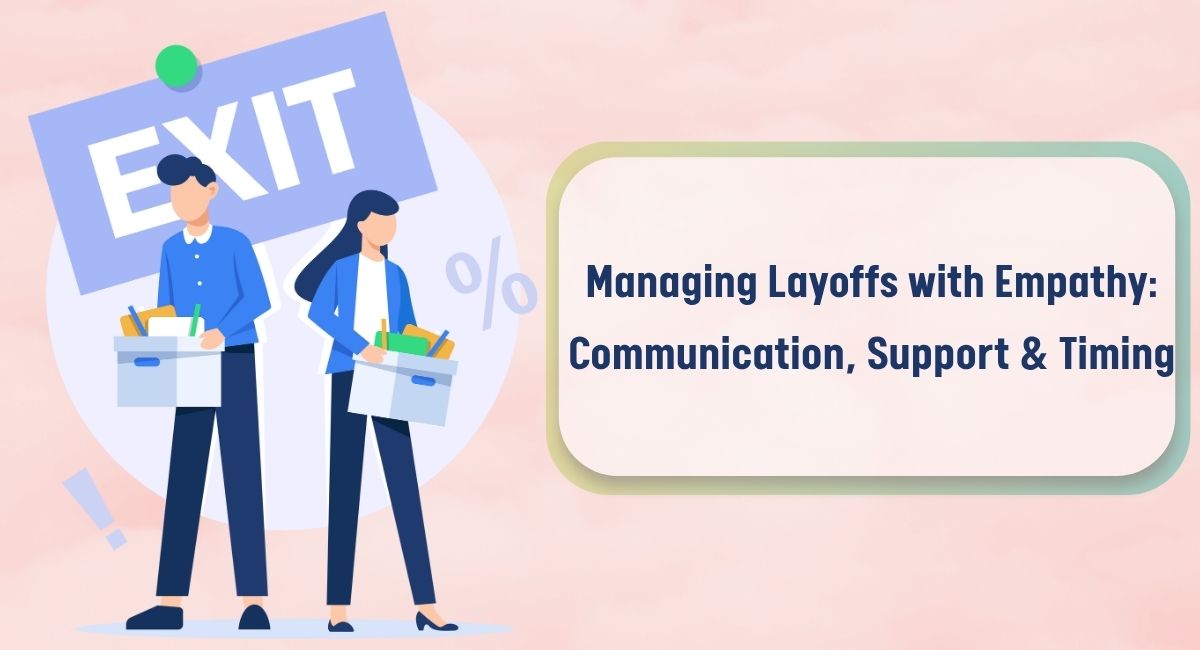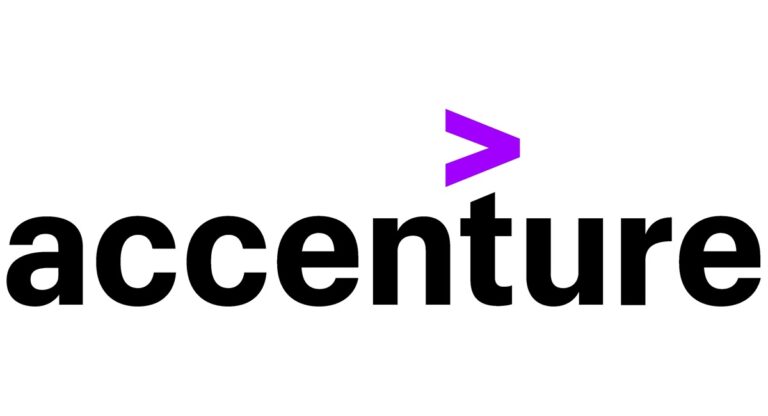Layoffs are never easy for both the company making the announcement and the employees who are affected by it. Once seen as rare and mostly due to economic downturns, layoffs have now become a recurring reality in today’s modern professional life. In 2025 alone, more than 61,000 workers have been let go across over 130 companies, according to Layoffs.fyi.This surge isn’t just due to economic slowdowns. Today, factors like automation, organizational restructuring, and shifting market priorities are also causing workforce reductions.
While layoff decisions may seem strategic, they have real impacts on people’s lives. For leaders, announcing employee layoffs is a very difficult decision. For employees, it can change their lives and feel very personal. How companies handle these moments speaks volumes about their values. A layoff is a proof of organizational empathy. Poorly managed exits can damage a company’s culture, employee trust, and demoralize remaining teams. But when layoffs are approached with compassion, transparency, and care, they not only protect the dignity of those affected but also help preserve the culture and integrity of the workplace.
Let’s dive deeper into how to communicate difficult layoff news the right way. We’ll also explore how organizations can effectively support employees through one of the most challenging phases of their career transition.
Handling the layoffs right way
While layoffs are sometimes unavoidable, how a company handles them makes all the difference. Bengaluru-based OkCredit demonstrated empathy and integrity in a recent downsizing. CEO Harsh Pokharna took to LinkedIn to candidly share how they laid off 70 employees due to budget constraints, openly admitting their mistakes.
What stood out was the humane approach that followed: The company conducted one-on-one conversations with each affected employee, offered a three-month notice period, and actively supported them in securing new opportunities. As a result, 67 employees were placed in new roles before the notice period ended. The remaining three received an additional two months’ salary as extended support.
This example highlights the importance of thoughtful leadership during layoffs. Here’s how HR leaders can approach such difficult situations with empathy and precision, supporting both departing employees and those guiding the process.
Clear, thoughtful communication: Sharing news about layoffs goes beyond just informing the employees who are being let go. It involves clear and thoughtful communication with the entire organization. When approached carelessly, the news can spread quickly through leaked memos, impersonal company-wide emails, or abrupt social media announcements. This further creates confusion and damages employee trust and morale.
To avoid this, timely and direct communication from leadership is essential.
Shilpa Awasthi, currently a Human Resources Consultant and formerly AVP-HR at IN10 Media Network, recommends delivering the message face-to-face or via video when in-person isn’t possible. “Use clear language, acknowledge the pain, and explain the ‘why’ behind the decision with empathy, not defensiveness,” she adds.
No layoffs without warning: Termination or layoffs should never come as a complete surprise. If the reason is budget-related, leadership should communicate the possibility of downsizing well in advance.
For performance-based exits, Swati Jain, Founder and Director of Katha Studio, emphasizes the importance of having an honest and effective conversation directly with the affected team members.
In such cases, companies can also implement a Performance Improvement Plan (PIP) lasting 30, 60, or 90 days to give the employee a fair chance to improve. This shows that the organization has genuinely tried to help and keep the employee. However, if there’s no significant progress, employee termination may become a necessary step in the best interest of the team and overall productivity.
Be mindful of timing: When planning to communicate layoffs, timing plays a crucial role in how the message is received. For impacted employees, avoid delivering the news just before weekends or holidays, as this can add to the stress and limit access to immediate assistance. Try to hold the conversation after major projects or deadlines are completed, giving the employee the necessary space to process the news without added pressure.
Similarly, it is equally important to consider the impact on the remaining team members. Choose a time that causes minimal disruption to team morale and daily operations. Thoughtful timing can ease the emotional toll and help both affected individuals and the unaffected team members navigate the change more smoothly.
Employee support during layoffs
For any leader, having to lay off an employee is one of the toughest and most uncomfortable responsibilities they face. However, there are several ways to lessen the impact, not just for the company, but also for those affected by the decision. One effective approach is to provide meaningful support:
Outplacement services and career assistance for laid-off employees: Direct employees toward available job openings, connect them with recruiters, or set up a job board specifically for former staff. Many companies also provide outplacement services, an employer-funded support program usually included in severance packages to assist laid-off or terminated employees in finding new roles or career paths. For example, Infosys recently offered outplacement support to 240 trainees who did not pass internal assessments and were let go, encouraging them to seek opportunities outside the company. Shilpa has also personally conducted one-on-one coaching sessions and helped establish outplacement assistance, ensuring that existing employees feel supported and guided rather than abandoned.
Personalized resume help: When supporting employees facing layoffs, begin by helping them review and update their resumes or CVs to clearly highlight their skills, experience, and achievements. Wherever possible, offer workshops or one-on-one sessions focused on resume writing to ensure they present themselves in the best form to potential employers.
Vanessa Peris, a Strategic HR Leader based in Dubai, shared that her company provided extended CV review support to help affected employees regain confidence and secure new opportunities more quickly.
Adequate notice & clear exit details: Provide a generous notice period, ideally 30 days to help laid-off employees prepare for their next steps. Alongside, clearly communicate details about their final paycheck, severance package, continued benefits, and any additional support the company is offering. It’s also important to let them know who they can reach out to for follow-up questions or clarifications.
Swati adds that beyond just providing notice, it’s also important to offer a thoughtful referral and constructive feedback on the employee’s tenure. “At Katha Studio, we always aim to offer compensation equivalent to the full notice period,” she shares.
Mental health resources during layoffs: Layoffs often trigger a wave of intense emotions ranging from shock and denial to anger, confusion, fear, and sadness. This emotional turmoil can significantly affect an employee’s mental well-being. In such situations, it’s important to inform affected individuals about any available support services, including mental health resources, counseling, or employee assistance programs. These tools can play a vital role in helping them cope during a challenging transition.
For employees who remain, the experience can be equally distressing. Many deal with survivor’s guilt or anxiety about future layoffs. To support them, companies should proactively implement supportive policies, programs, and tools designed to reduce psychological strain, promote resilience, and maintain a healthy workplace environment.
Final thoughts
While layoffs may be driven by business strategy, they should never lose sight of the human impact. How companies manage these difficult moments reveals more about their values than any internal policy or employee program ever could. After all, organizations aren’t laying off roles, they’re parting ways with real people, each with their own aspirations, responsibilities, and emotions. These individuals deserve transparency, respect, and meaningful support.






